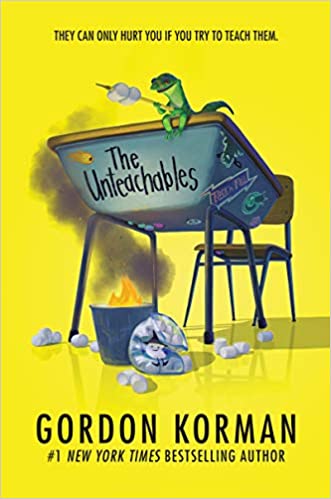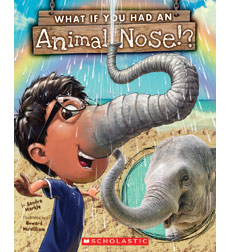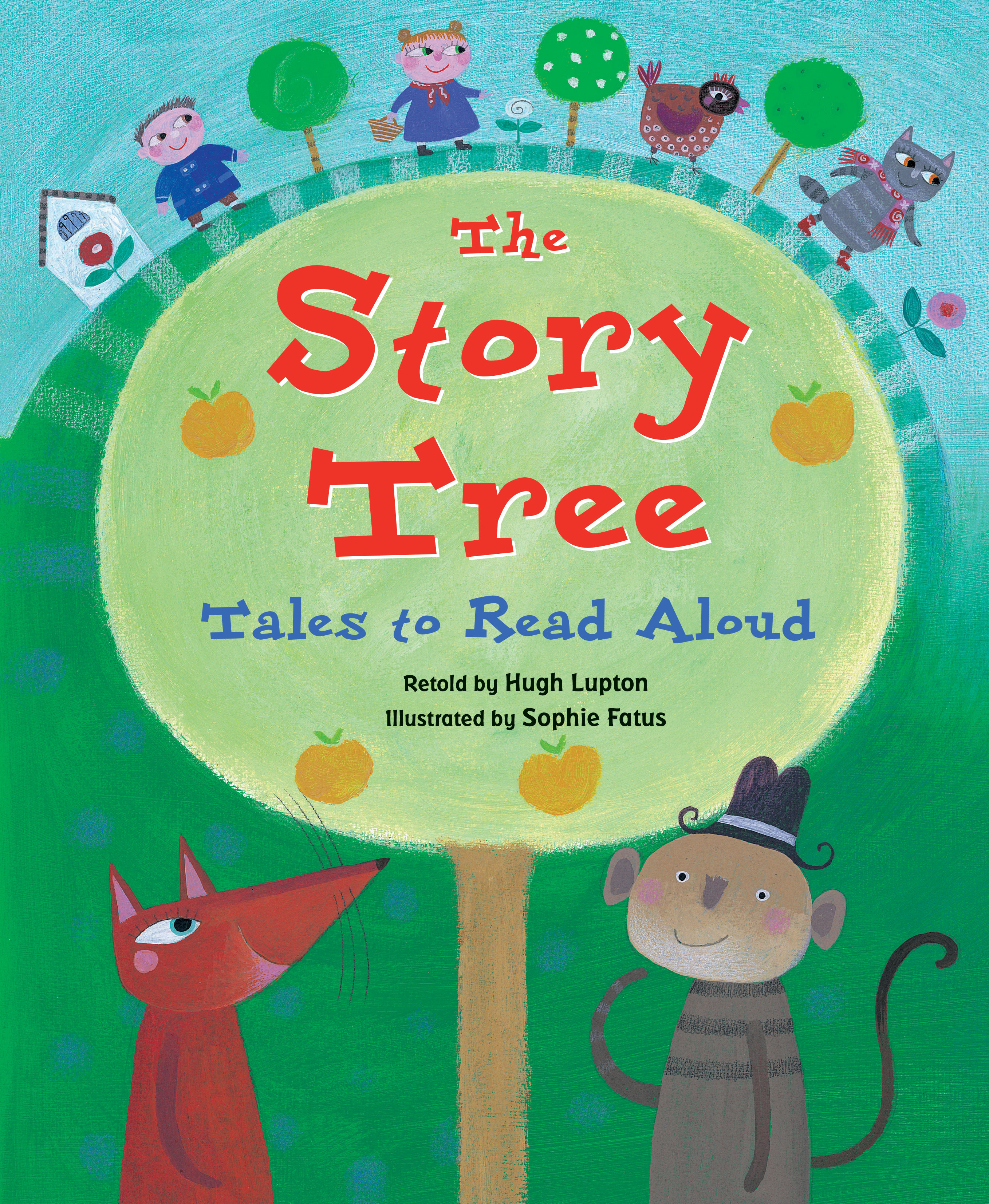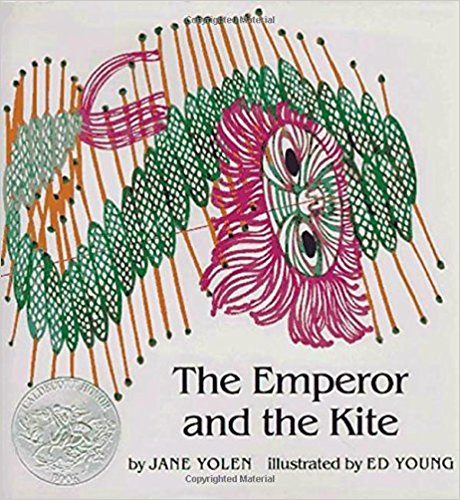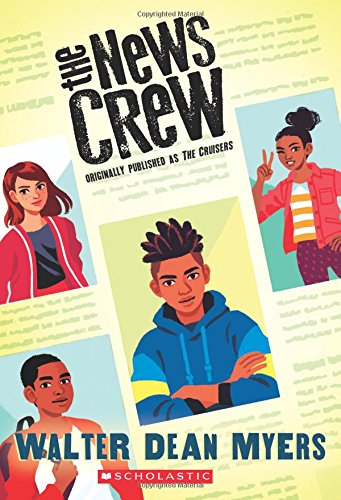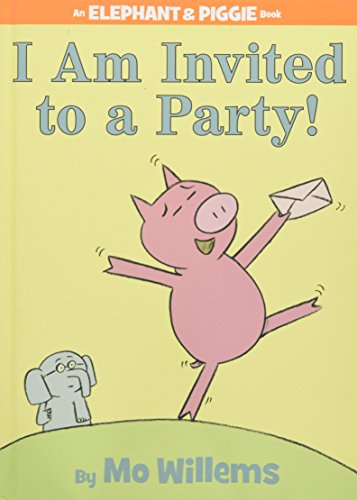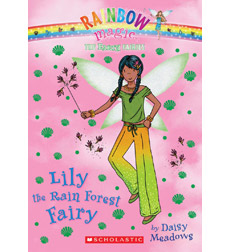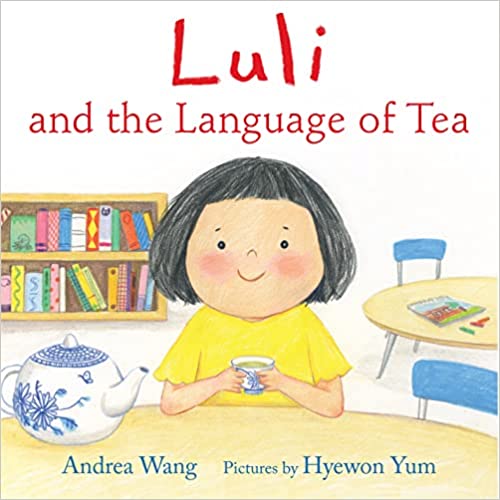
Luli and the Language of Tea
When five-year-old Luli joins her new English as a Second Language class, the playroom is quiet. Luli can’t speak English, neither can anyone else. That’s when she has a brilliant idea to host a tea party and bring them all together.
Luli removes her teapot, thermos, and teacups from her bag and calls out “Chá!” in her native Chinese. One by one, her classmates pipe up in recognition: in Russian, Hindi, Turkish, Persian, Arabic, and Spanish, Portuguese, and Swahili. Tea is a tasty language they all know well, and it gives them a chance to share and enjoy each other’s company. When all the tea is gone and it’s time for dessert, Luli gets to use her favorite English word, cookie! After that, the playroom isn’t so quiet.
Informed by her own experience as the child of Chinese immigrant parents, Andrea Wang makes the point that when you’re looking to communicate with people, you look for a common bond. The word for “tea” is similar in many languages, and tea becomes the unifying metaphor that brings a diverse group of children together. Additional material at the back of the book explores the rich and ancient history of tea drinking across cultures all around the world and contains maps, statistics, and fascinating details that will delight young readers.



